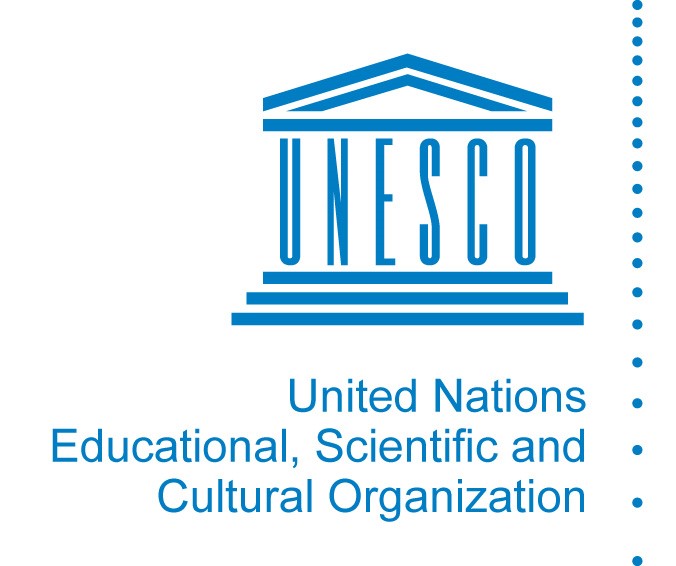Violence against women and girls (VAWG) is widely recognised as one of the most pervasive human rights violations in the world. It acts as both a cause and consequence of gender inequality, impacting the health, safety, productivity and overall well-being of women and girls, and impeding the realization of their rights. Despite increased efforts to address it, rates of VAWG remain alarmingly high. Global data shows that one in three women has experienced physical and/or sexual violence at some point in her lifetime, with this figure being as high as 7 in 10 in some countries (WHO, 2013). The most significant challenge remains the persistence of attitudes, beliefs, practices and behaviours in society that perpetuate negative stereotypes, discrimination and gender inequality, as root causes of VAWG. Addressing this challenge lies at the core of prevention work.
UN Women, in partnership with the ILO, OHCHR, UNDP, UNESCO, UNFPA, WHO and other relevant stakeholders, including civil society, developed a first ever framework on prevention (A United Nations Framework to Underpin Action to Prevent Violence Against Women, 2015). The Framework reflects the growing evidence that a comprehensive approach to prevention is needed, bringing together interventions that are multi-component and mutually reinforcing at all levels of society (individual, relational, community and institutional). The Framework highlights the need to squarely address the underlying practices, beliefs, attitudes and behaviours across society that perpetuate and tolerate abuse. It identifies eleven ‘entry points’ of intervention to prevent VAWG, including: schools, workplaces, sport organisations, male-dominated institutions, health, justice, security and transport services, within communities, at local and national government levels, and through the media.
This Handbook provides guidance to UN and other entities working with media organizations to advance gender equality and prevent violence against girls and women. There are two main domains to achieve those goals, including: working with media as entities that can promote gender equality from within and working with media as channels to promote values of diversity, equality and non-discrimination externally through the content they produce. The handbook is structured to provide more specific guidance on:
1) Strengthening the enabling environment
2) Promoting positive institutional approaches
3) Engaging with media for social norms change
